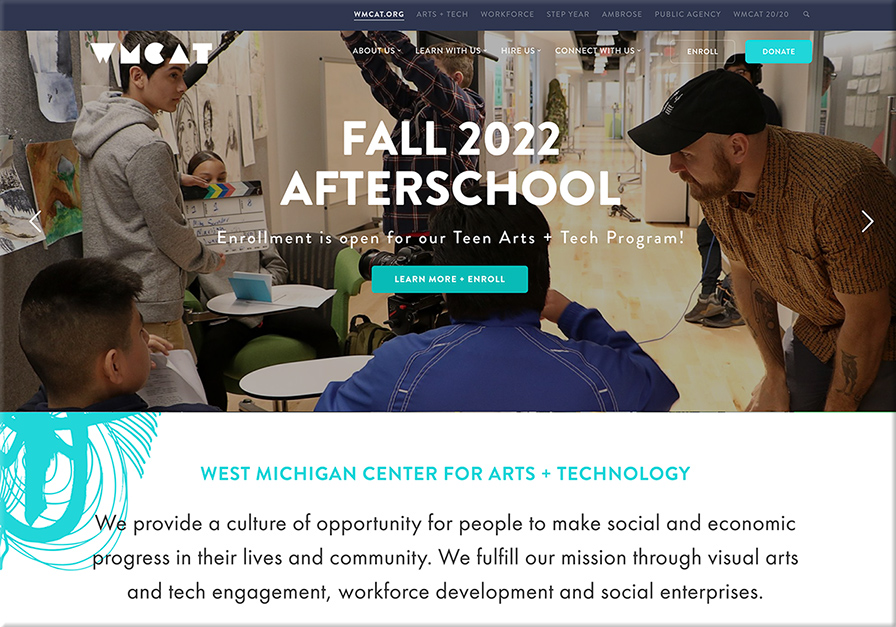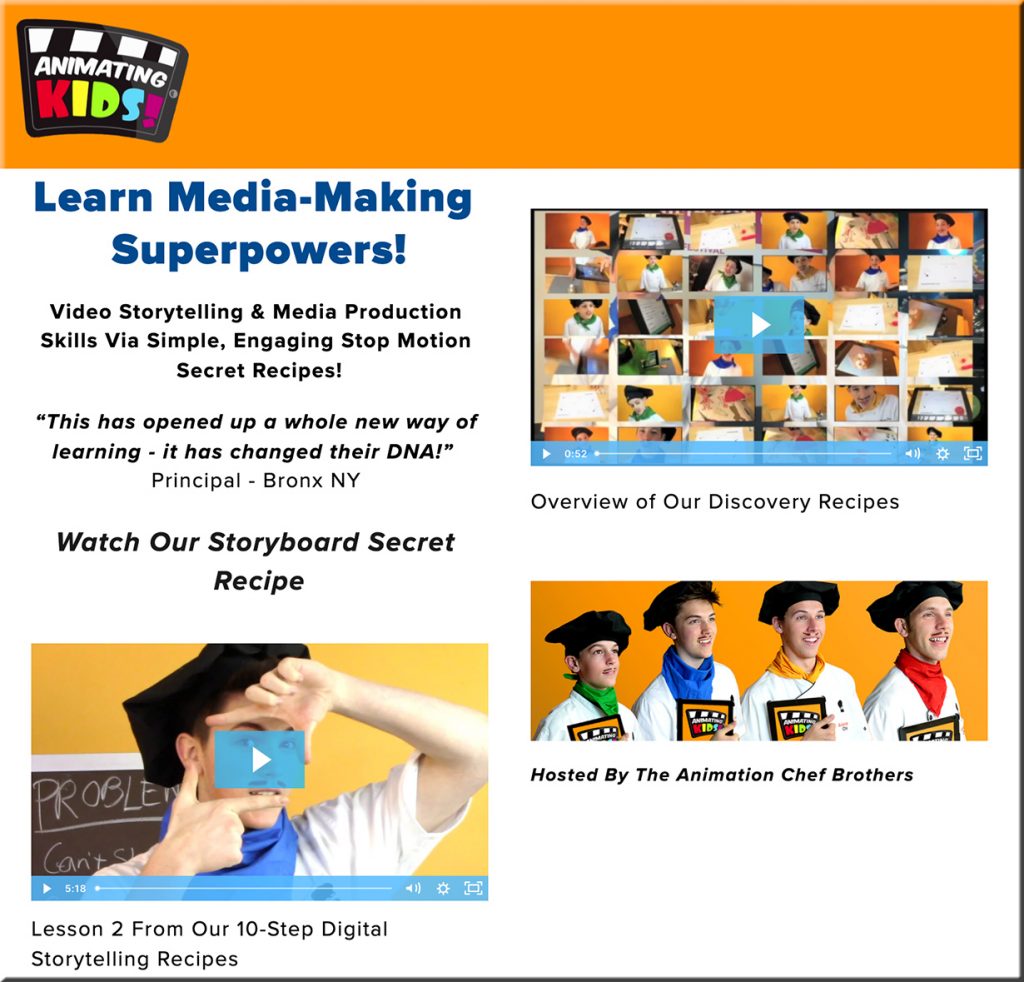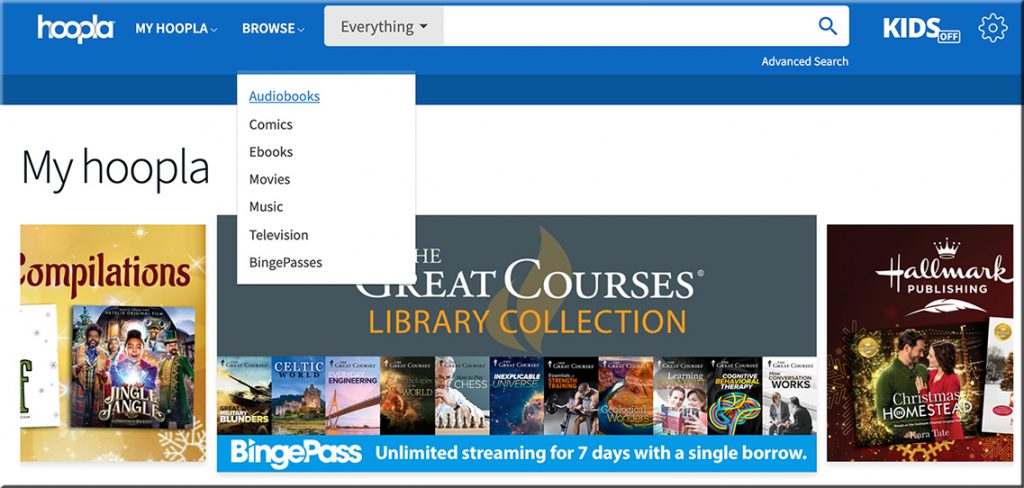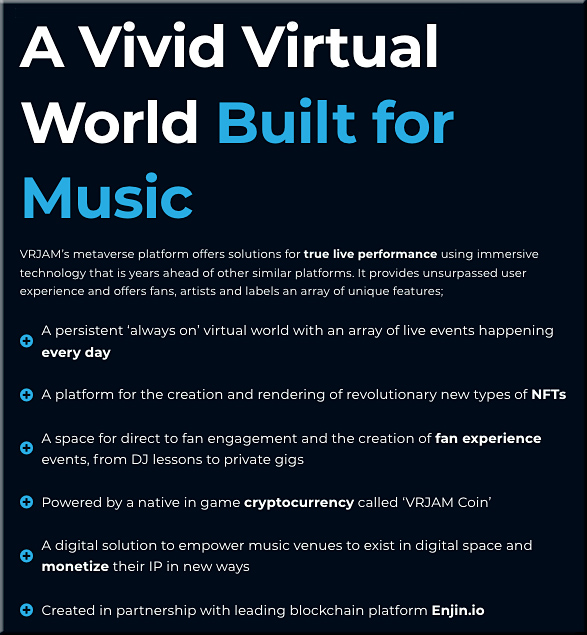Bring Real-Time 3D Into the Classroom, and Teach for the Future — from edsurge.com by Melissa Oldrin and Davis Hepnar
Excerpt:
Real-time 3D (RT3D) is redefining interactive content. No longer confined to the realm of video games, this technology now plays key roles in industries as wide-ranging as architecture, medicine, automotive, aerospace and film.
Demand is growing rapidly for developers, programmers and artists skilled in working with Unity—the leading platform for creating and operating real-time 3D content. As use cases expand, and the much-discussed metaverse takes shape, educators today have an opportunity to prepare their students for the technology careers of tomorrow.
Real-time 3D is a technology that creates three-dimensional models, environments and complete virtual worlds that can be rendered instantly. This content goes far beyond traditional formats like film, television and print because it isn’t static; it’s both immersive and interactive. And it offers incredibly lifelike graphics while giving users precise, immediate control over their experience. In doing so, RT3D creates endless possibilities for media production and engagement.























